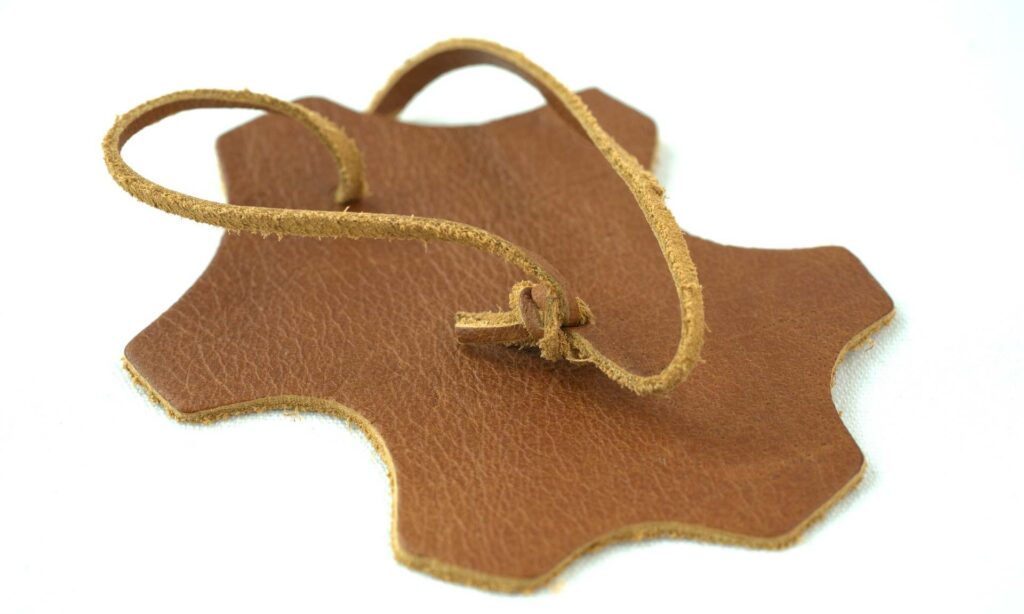In the quest for materials that marry resilience with refinement, the fashion world often overlooks nature’s quiet triumphs. Enter yak leather—the unsung hero of ECCO’s Biom collection. Sourced from the rugged plateaus of the Himalayas, where temperatures swing from -40°C to scorching sun, this leather isn’t just durable; it’s a masterclass in biological engineering. Here’s why yak hide is rewriting the rules of footwear.

1. Survivalist DNA, Built into Every Fibre
Yaks aren’t pampered livestock. They’re survivalists, thriving in thin air, blizzards, and terrain that would send most animals fleeing. Their hide evolves accordingly: 50% denser collagen structure than cowhide, creating leather that resists abrasions like armour. ECCO’s artisans tan yak skins using vegetable-based methods, preserving this innate toughness while avoiding the chemical brutality of conventional leather processing. Result? Shoes that age like Stoic philosophers—gracefully, with stories etched into every crease.

2. Softness That Defies Logic
Paradoxically, yak leather’s toughness coexists with a butter-soft handfeel. The secret lies in natural lanolin, a wax secreted by yaks to protect against harsh climates. Unlike cowhide, which often requires synthetic conditioning, yak leather retains this organic moisture barrier. ECCO’s Biom models leverage this, moulding to the foot’s contours within days—no blisters, no “breaking in” purgatory. It’s wearable adaptation, straight from nature’s playbook.
3. Thermoregulation: The Invisible Superpower
Yak hides evolved to insulate against extremes, a trait ECCO harnesses brilliantly. The leather’s microscopic air pockets trap warmth in winter yet wick sweat during summer strolls. Wear Biom boots in February frost or July heatwaves; your feet remain obliviously comfortable. Compare this to synthetic alternatives, which often roast or freeze with the subtlety of a broken thermostat.
4. Eco-Conscious by Default
Yak leather is a byproduct of subsistence farming in Mongolia and Tibet, where communities use every part of the animal. ECCO’s sourcing supports these pastoral economies while sidestepping the environmental toll of industrial cattle farming (yak rearing produces 30% less methane). The tanning process, too, minimises water use—a nod to the Himalayas’ fragile ecosystems.

5. Quietly Revolutionary Aesthetics
Forget glossy, plastified finishes. Yak leather’s texture is sotto voce luxury—a matte grain resembling wind-carved sandstone. ECCO’s Biom designs enhance this, letting the material’s natural irregularities shine. Scuffs blend into the narrative; rain spots dry without drama. It’s anti-perfectionism in a world obsessed with polish—a whisper that drowns out shouts.
Where to Find Yak Leather’s Quiet Rebellion
For those ready to step into footwear that respects both feet and planet, ECCO’s Biom collection awaits at 121 Shoes. Their curated range champions innovation without fanfare—because transformative design shouldn’t demand compromise.
Final Thought:
Yak leather isn’t a “material.” It’s an argument—for respecting nature’s wisdom, for valuing resilience over gloss, and for remembering that sometimes, the best solutions graze at 4,000 metres.
P.S. To cowhide loyalists: The Himalayas are calling. Time to climb.
